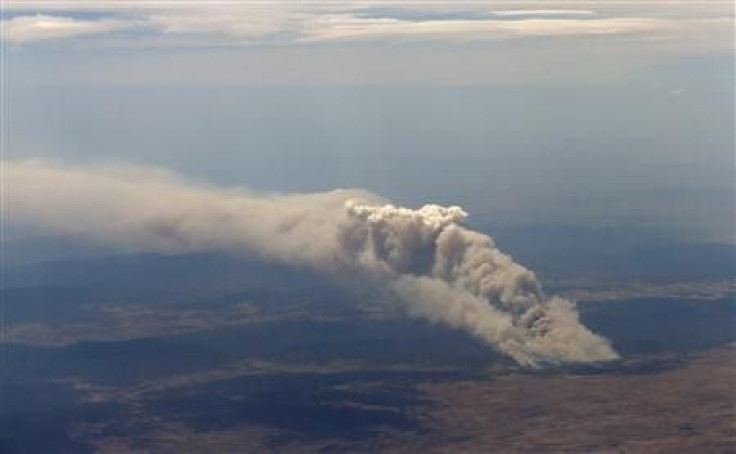Victoria Bushfires Leave 1 Person Dead as Heat Wave Lingers in Australia

The heat wave in Australia sparked bushfires in the state of Victoria and killed one person. While parts of the country face another day or rising temperatures, fire authorities discovered a body in the Northern Grampians area. According to authorities, the bushfires have gone out of control and advised residents to flee their homes.
Fires in South Australia and New South Wales were also reported and prompted officials to issue several fire alerts. South-east Australia has been experiencing consecutive days of scorching temperatures.
Police who recovered the body in Northern Grampians will treat the death as a result of bushfires. Various reports said that Victoria had at least 43 fires while South Australia had 16 blazes. Authorities reported 12 fires in New South Wales on Jan. 17.
Greg Nettleton from the South Australian Country Fire Authority expected more fires to start in the coming days because of soaring temperatures. Mr Nettleton declared that firefighters are ready for what the weather will bring.
The fire blazing in Northern Grampians as of 1:00GMT measured 81 square miles in size, according to the Country Fire Authority (CFA). Tourist park owner Rohan McDonald reported seeing a massive plume that looked like "an atomic bomb has gone off over the top of the mountain."
Lee Hutchinson, a resident from Laharum told ABC she saw a huge trees burst in flames. The CFA described the fires as "out of control" and urged residents to leave the area.
According to a report by the Climate Council, heat waves in the country will be hotter, longer and more frequent. The Climate Council's full report is set to be released in February but the organisation revealed its findings based on a study of heat waves in Australia between 1971 and 2008. The council points to climate change as the main factor behind the rising temperatures in Australia.
South-eastern Australia has been sizzling in extremely hot weather with Melbourne residents experiencing 40C for four consecutive days, a trend not observed since 1908. Authorities have warned Australians of extreme fire weather in the coming days as the heat wave continues to scorch some parts of the country.






